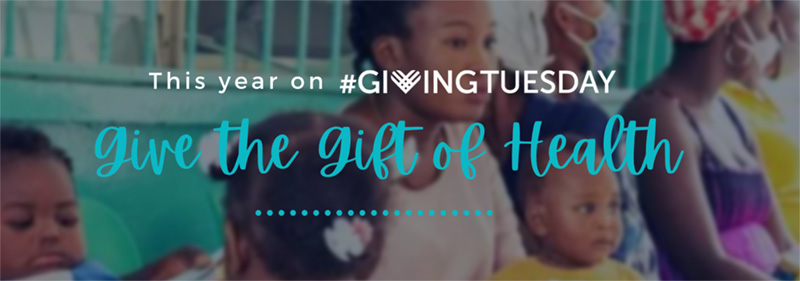It’s been six months since the earthquake, and there’s been lots of talk of progress (or lack thereof) over the last handful of days. In summation, I’d say that the first line of belabored challenges is precisely the obvious:
Rubble: Only 2% of the 26 million m3 of rubble created by the earthquake has been trucked away. There are 300 trucks working daily, but most of Port-au-Prince remains impassable. You can’t build on rubble, and with scarce capital to clear it, we’re looking at a grossly extended timeframe for rebuilding the commercial and political centers.
Housing shortage: The number of people in relief camps has nearly doubled to 1.6 million. Only 5,657 transitional shelters (of a planned 125,000) have been built, and nearly four times as many are awaiting assembly (land and customs clearance are cited as major limiting factors). Hundreds of thousands live in squalid conditions, including the medians of major roadways. It’s untenable, and much more work has to be done to consciously relocate the displaced to more viable sites.
Importing aid shipments: the port’s an arrant Charlie Foxtrot.
The Haitian government is getting a lot of slack for lackluster leadership and the NGO community’s still feeling the heat of deeply imperfect coordination. To be fair, upwards of 30 percent of Haitian civil servants were lost when 28 of 29 government ministries collapsed, and roughly 90% of the NGO community has registered with the Interim Haiti Recovery Commission, co-chaired by Bill Clinton and Haitian Prime Minister Jean-Max Bellerive. Clinton concedes that the paucity of progress is horribly frustrating, and reconstruction remains a pipedream, but promises to be on the phone this week cashing in on the $5.3 billion pledged at the Donors’ Conference back in March. Only about 10% has been delivered to Haiti – most in forgiven debt – which frustrates the commission’s ability to execute programs.
Six-months out, hope remains for the alliterative plan to build back better, but it’s discouraging that something as fundamental as clearing out the rubble isn’t a lower-hanging fruit. Still, theoretically, because of the scale of devastation and the dire situation preceding it, Haiti has a tabula rasa and we know how to bench our expectations.









